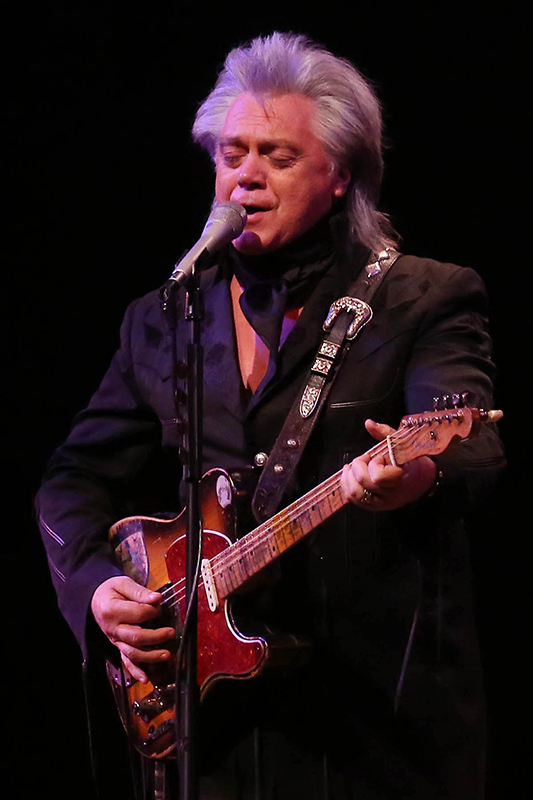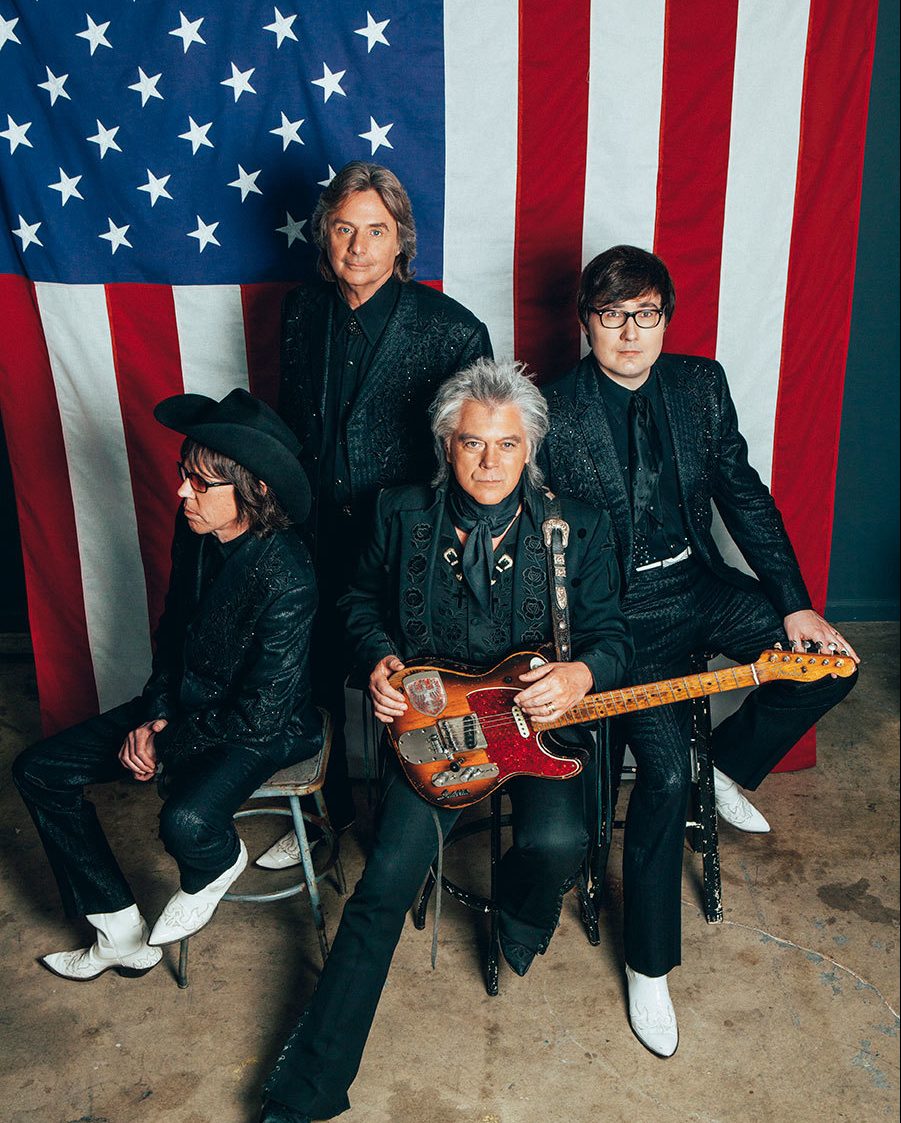



On the road and in Nashville, the 13-year-old Stuart – who was touring with bluegrass legend Lester Flatt at the time – saw it all up close. They’d be talking a mile a minute and making big huge plans, always making a plan for something.” Though musicians and songwriters alike may have consumed their uppers on the down low, amphetamines were no secret in the country music culture: little white pills figured prominently in the lyrics of Dave Dudley’s trucker anthem “Six Days on the Road” Gram Parsons wore a Nudie suit festooned with embroidered capsules and pot leaves and Johnny Cash confessed to his addiction on TV, on stage and everywhere. “But believe me you could tell when somebody was on an amphetamine because they’d be all livened up and sweating and their hair is greasy. “People did all of that in private,” says songwriter Jim Casey, who lived in Music City at the time. In the 1960s and 1970s, Nashville cats swarmed to a doctor on the city’s east side who prescribed as many pills as they wanted. Turnarounds, which was a big dose of the amphetamine Obedrin that allegedly could keep someone awake on a drive from Nashville to Los Angeles and back. Like any member of a musician’s team, the pills got their own nicknames: little yellers, bennies, speckled birds and the fabled L.A. It was the same on the country music circuit, where agents booked shows night after night across long distances with little thought to the bus driver’s stamina or the headliner’s ability to stay sharp for his audiences. Like Elvis Presley and Johnny Cash, country musicians in the 1950s came out of their military service knowing that one or two little pills could help them through a long night of maneuvers. After a picker plays a show, who gets the first turn at the wheel? Well, what do you do? You pop a pill to stay awake.” And in those days, fairly enough, musicians were hired a lot of times not so much on their music ability but on their driving ability. There were prescriptions on the bottle, they were legal and it made it okay. You’d look at the board and say, ‘We’re on with the Del Reeves Band and Ernest Tubb and the Texas Troubadours, Porter Wagoner and the Wagonmasters.’ Everybody would say, ‘What you got?’ They swapped pills like it was M&Ms and nobody thought anything about it. “When I was a kid.when I got into the touring circuit.nobody thought it was wrong. “Yes, country music and amphetamines had a long and running relationship,” says Stuart from the comfort of his tour bus, tinkering with his mandolin while bass player Chris Scruggs sits nearby. One can almost hear among the mysterious refrains of “Way Out West” the wry commentary of Merle Haggard, who remarked in the 2008 documentary Johnny Cash’s America: “The whole entire country was on speed.”
MARTY STUART TOUR PROFESSIONAL
It’s the kind of high that, once upon a time, fueled hundreds of touring musicians in country music – not to mention professional athletes, all-night disc jockeys, prison guards, rock stars, military men and even housewives. “Way Out West,” the title track of Marty Stuart’s acclaimed 2017 album, relies on a narrator who sees the legends and vistas of the American West through the haze of an Alice in Wonderland-style pill trip.


 0 kommentar(er)
0 kommentar(er)
